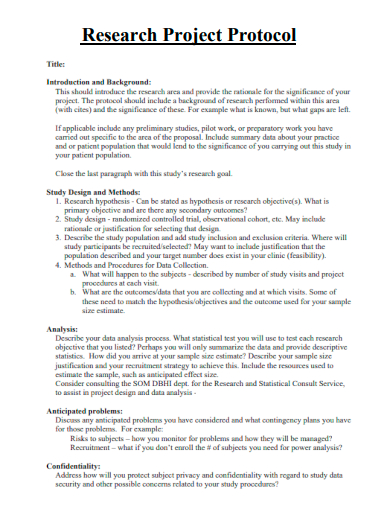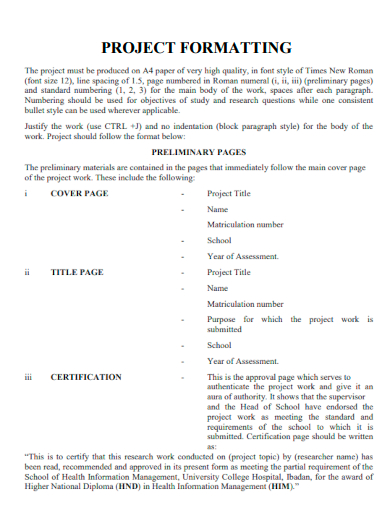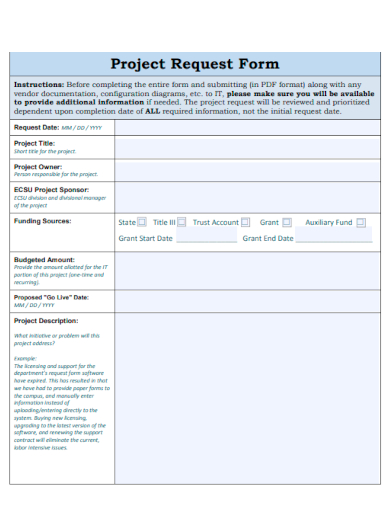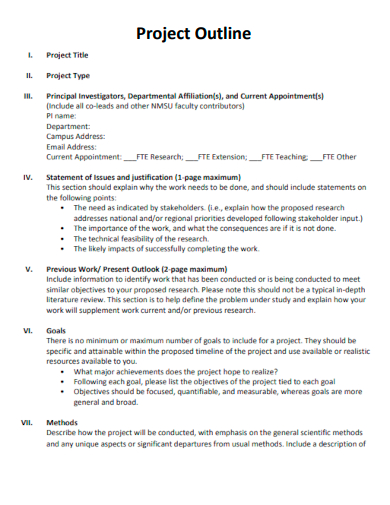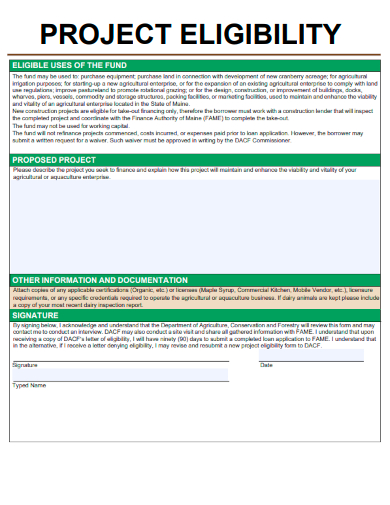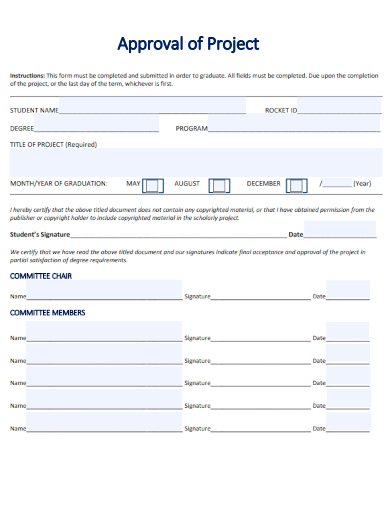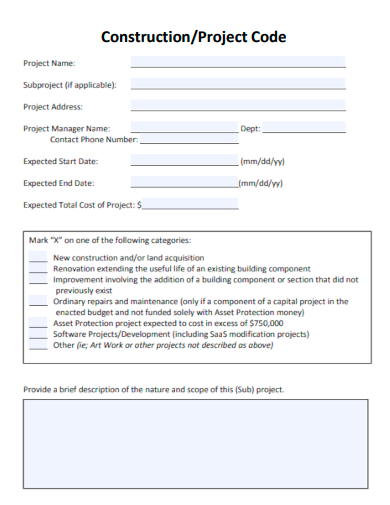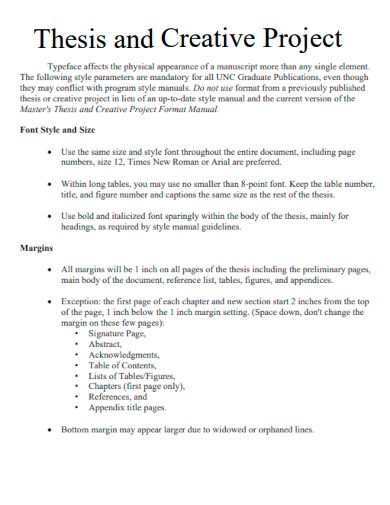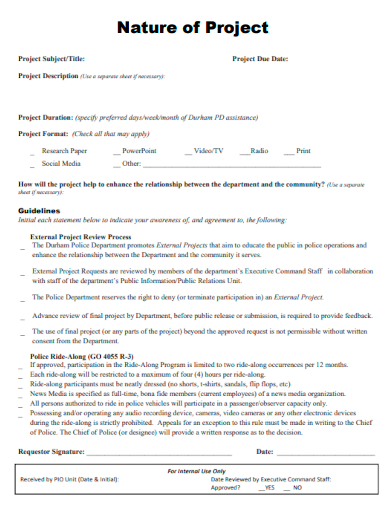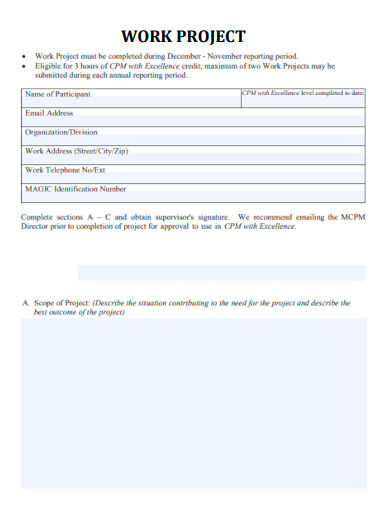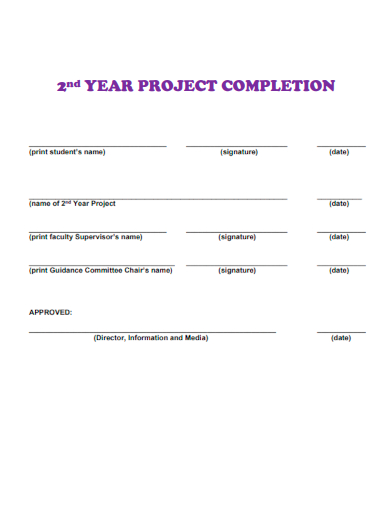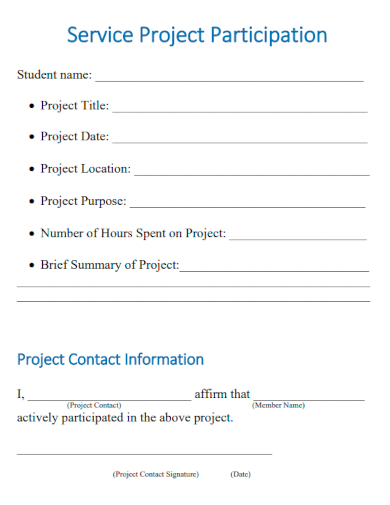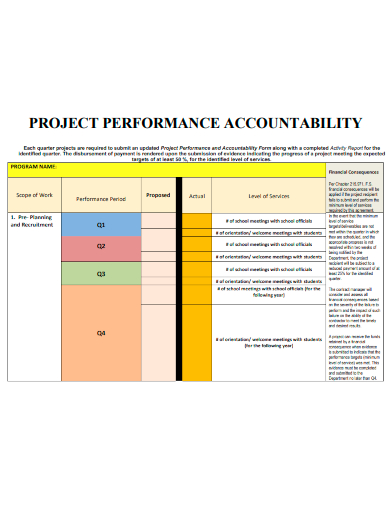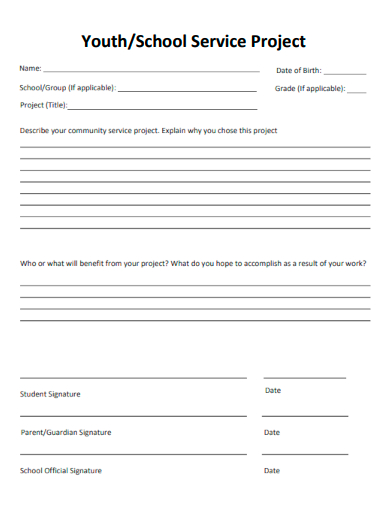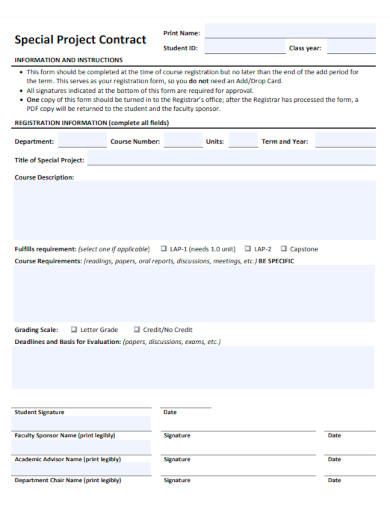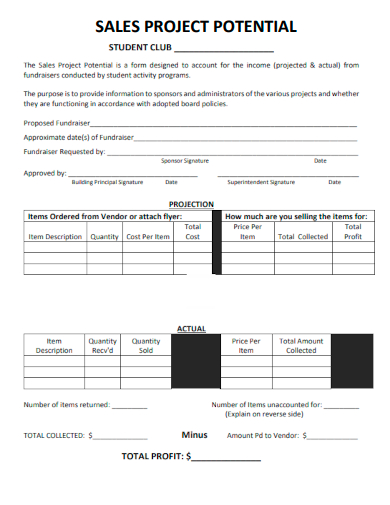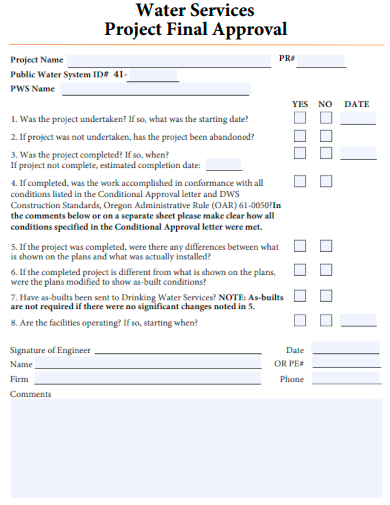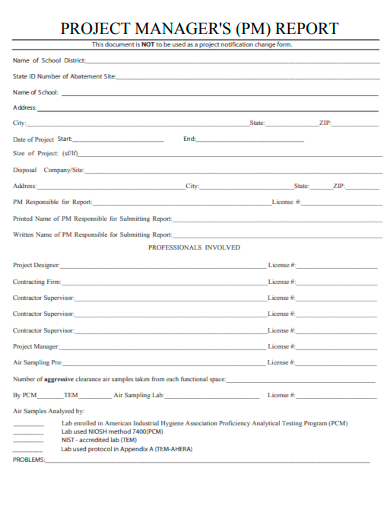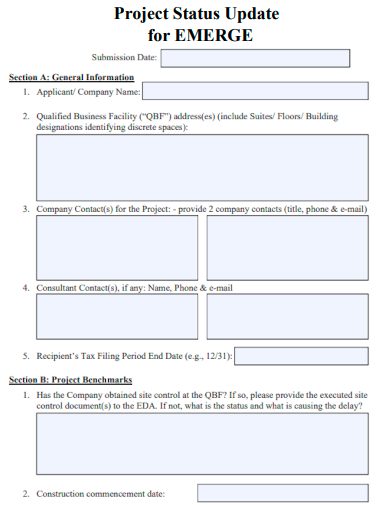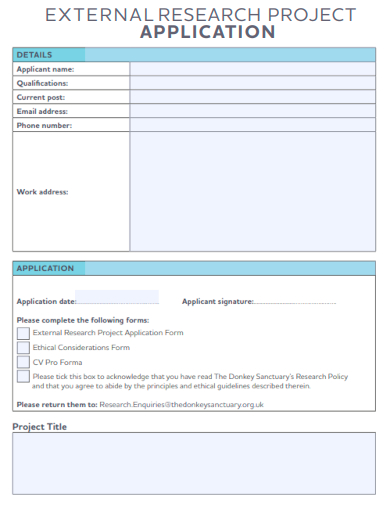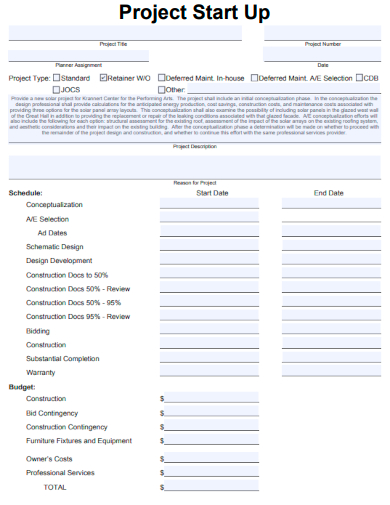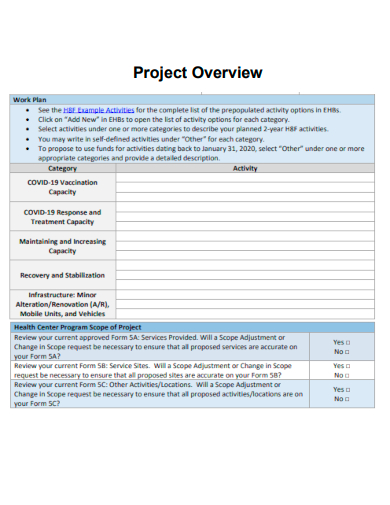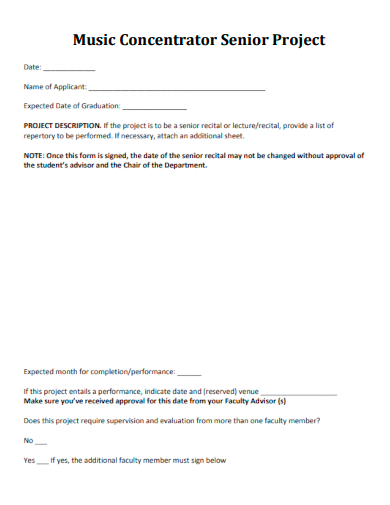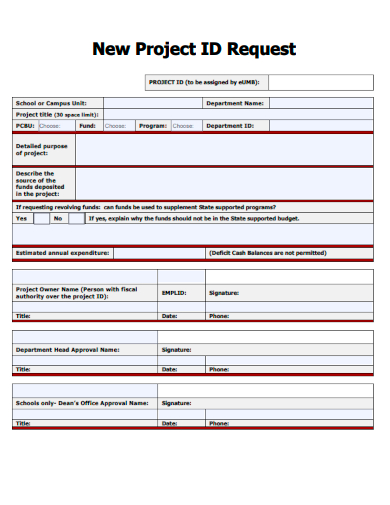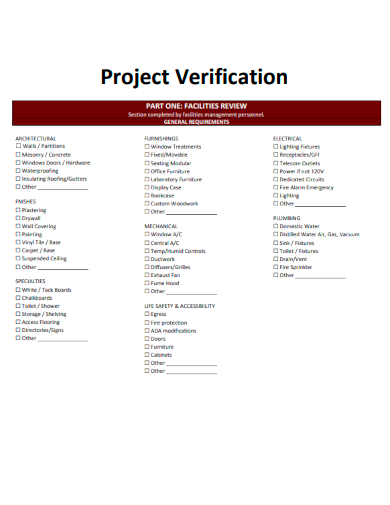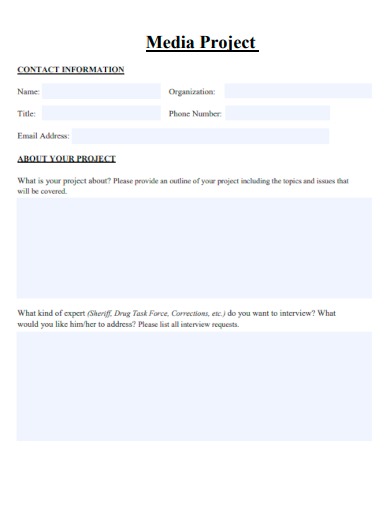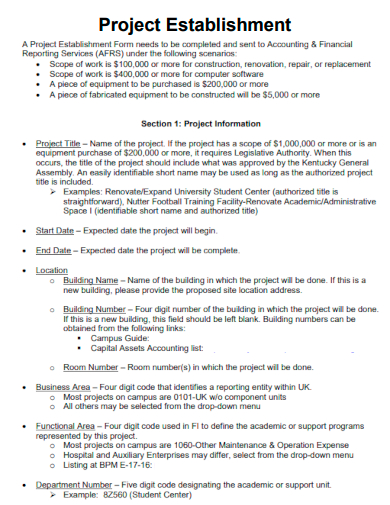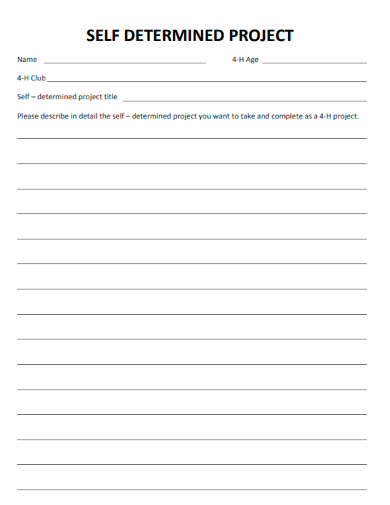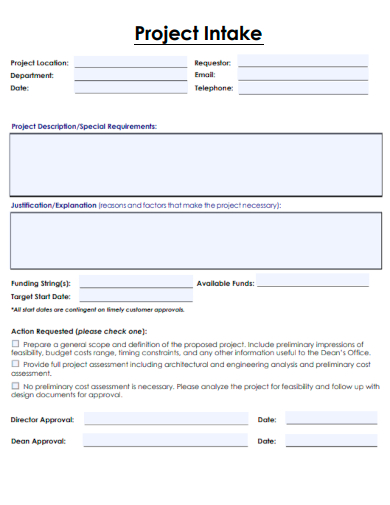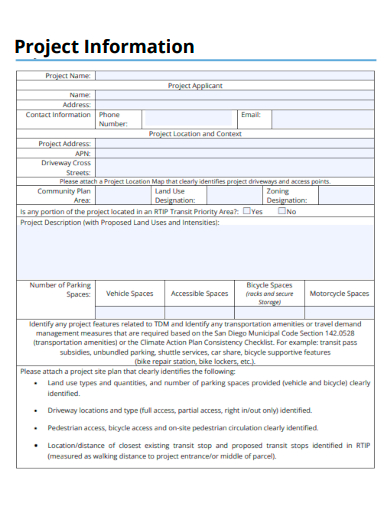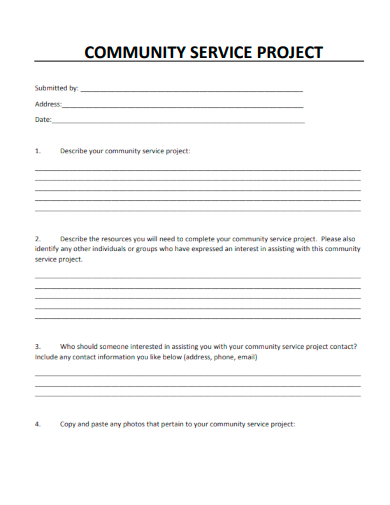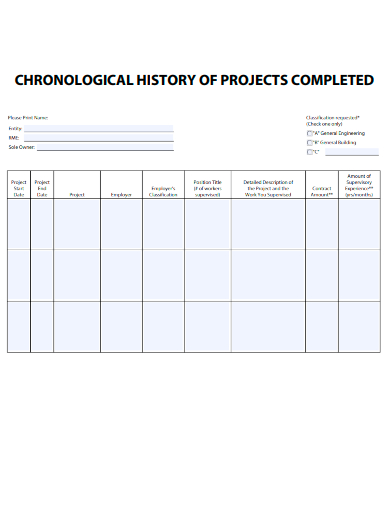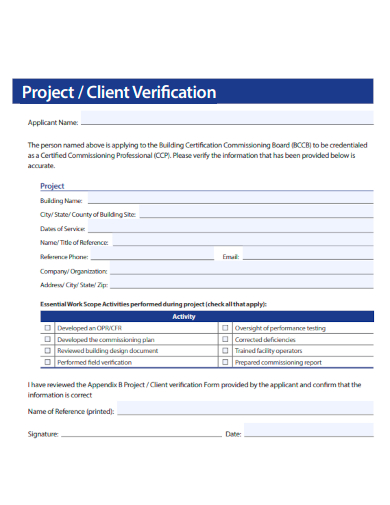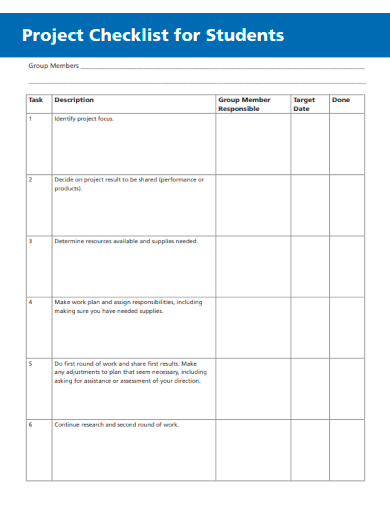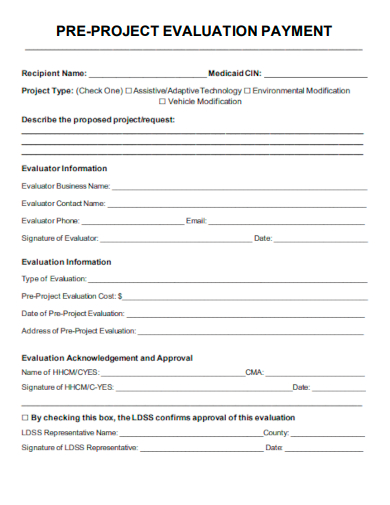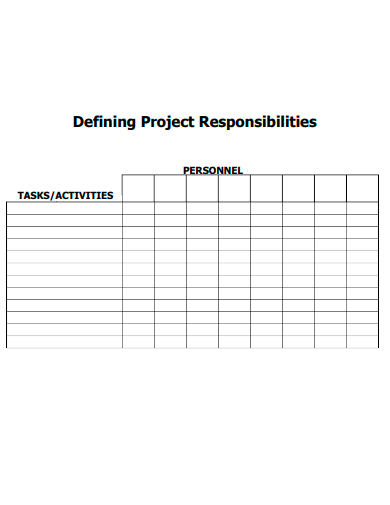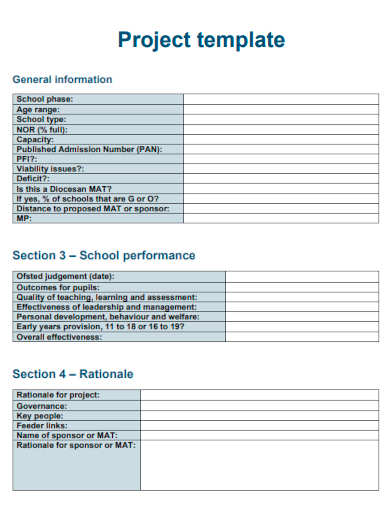Projects are defined as a series of activities or tasks that must be accomplished within a given period of time to achieve the desired business goal, result, or outcome. Projects give opportunities for organizations as well as individual business owners to implement change within their organization. In an office setting, working on a project involves working with experts from different departments, while in school, students collaborate with each other to meet their project objectives and goals.
50+ Project Samples
1. Project Analysis Template

2. Project Timeline Template
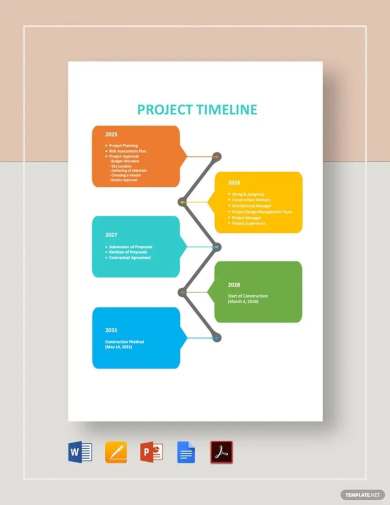
3. Project Budget Template

4. Project Plan Template

5. Project Proposal Template

6. Research Project Protocol
7. Project Formatting
8. Project Request Form
9. Project Outline
10. Project Eligibility
11. Approval of Project
12. Construction & Project Code
13. Thesis and Creative Project
14. High School Project Application
15. Incomplete Project
16. Nature of Project
17. Work Project
18. 2nd Year Project Completion
19. Service Project Participation
20. Project Ranking
21. Project Performance Accountability
22. Youth & School Service Project
23. Special Project Contract
24. Sales Project Potential
25. Supplemental Project
26. Water Services Project Final Approval
27. Project Managers Report
28. Project Funding
29. Project Status Update for Emerge
30. External Research Project Application
31. Project Startup
32. Project Overview
33. Music Concentrator Senior Project
34. New Project ID Request
35. Project Verification
36. Project Initiation
37. Basic Project in Computer Science
38. Media Project
39. Project Establishment
40. Self-Determined Project
41. Project Intake
42. Construction Projects
43. Project Information
44. Community Service Project
45. Chronological History of Projects Completed
46. Project & Client Verification
47. Project Checklist for Students
48. Project Review
49. Pre-Project Evaluation Payment
50. Defining Project Responsibilities
51. Blank Project Template
What is a Project?
The basic definition of a project is that it is a combination of specific objectives that must be accomplished within a set timeframe. In business, projects are temporary pieces of work that are a part of a company’s business strategy or management plan that aims to generate results that will positively impact the company. Businesses also utilize project management structures to ensure the achievement of goals and objectives regardless of the setting.
How to Create a Project Management Plan?
Creating a project plan outline is one of the critical steps in project management and failure to perform it will lead to unsuccessful projects even before its completion. With a planning checklist, you can identify the requirements you need, determine how long the project will take, and enable you to prevent roadblocks that can affect your schedule and time management.
Step 1: Collaborate with Stakeholders
Stakeholders refer to people who will be affected by the outcome of the project plan, which includes your customers and end-users. Meet your stakeholders and determine their requirements and expectations, then establish the project scope of work, budget plan, and project schedule or timeline.
Step 2: Determine and Prioritize Business Goals
After listing the needs of your stakeholders, organize them according to their priority and establish your project goals. This section must provide an outline of your project objectives or the benefits as well as the metrics you want to accomplish.
Step 3: Create an Outline for Your Project Schedule
Identify the project’s deliverables and provide the definition of tasks that you have to complete to achieve each of the deliverables. Then, determine the dependencies of certain tasks that you need to complete first before starting with other tasks.
Step 4: Determine Issues and Perform Risk Assessments
One of the important factors for determining when creating a plan is the potential risks or issues you will encounter. Create a plan on how you will handle these risks and issues as well as the steps to take to prevent them from happening or to limit their impact.
FAQs
What are the common phases of project management?
The lifecycle of a project management process includes a feasibility study, establishment of project requirements, development of the project scope, creation of the schedule and budget plan, creation of the project plan, execution of the project work, and controlling and reporting of the work progress, changes, issues, and work performance evaluation.
What are the benefits of business projects?
With business projects, companies are able to increase their team’s ability to focus, measure specific parameters, enable them to perform project-based business, increase their success rate, and allow them to take advantage of various project management tools.
What are the helpful tips when conducting business projects?
When your company executes its business project, make sure that its scope of work is clearly defined, understand that some projects are sometimes not feasible or workable, and ensure that communication and collaboration are prioritized.
Projects refer to the sequence of activities or tasks that must be completed by an entity within a fixed schedule to achieve a particular business goal or objective. A project has clear beginning and ending dates, aims to create something new, operates within set constraints of money, quality, time, and functionality, and determines how a function must be performed. Companies can implement any of the three types of business project, which are strategic projects, operational projects, and recurring projects.
Related Posts
FREE 10+ Project Kickoff Samples in PDF | MS Word
Printing Company Profile
Travel Company Profile
Exemption Letter
News Report
Employee Uniform Form
Self-Declaration Form
To Whom It May Concern Letter
10 FREE Notice To Quit Letter Samples & Templates
Security Company Profile
Written Warning
Event Program
OMR Sheet
Building Inspection Report
Employment Certificate

